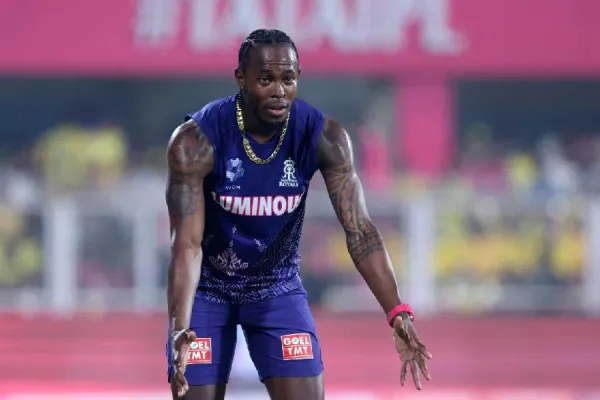
There was one Thomas "Daddy" White of Surrey who allegedly appeared with a monster bat that was the size of the width of the stumps during a county game in 1771.
That incident, which forced the MCC to fix the width of cricket bats, may be taken as an ancient evidence of how batters conspired to rule over the bowlers in the game of bat and ball. Over the centuries, rule by rule, it seems cricket's primary objective has been to make the game easier for the tribe of batters while putting the bowlers to the sword.
In present times, say in the IPL, it has come to such a point that being a bowler is almost like being the punching bag in a boxing arena. The pitches mostly roll out the flat carpet for batters of all shapes and sizes, inviting them to thrash bowlers of repute. Let's not get blinded by the recently introduced 'Second Ball' rule in IPL, thinking the lawmakers care about the bowlers. Bowling captains cannot take the second ball as per their wish, it also needs the umpires' agreement that there's enough dew to warrant it. Now how do you measure dew, or how many litres of it is deemed 'enough'?
The Impact Player rule, however, has no such bindings. When the Mumbai Indians bowlers dismantled the Kolkata Knight Riders' batting line-up on Monday, the Knights promptly ushered in another batter, Manish Pandey, as the Impact Player to take care of the scoring. Pandey was out for 19, but that's not the point. Why should the bowling side have to work overtime for no fault of theirs?
The average IPL run rate is scaling newer peaks every season as the batters manufacture more and more boundaries with innovative shot-making. Credit to them, they are working hard for those shots. But they have the freedom to do almost anything they want with the bat. The bowlers remain chained. Can they bowl more than two bouncers? No. Can they bowl underarm? No.
Add to that the fact that the grounds too are becoming shorter. Sunil Gavaskar has been screaming for the last few years for the boundaries to be pushed back to ensure better balance between the bat and the ball, but come on, we all know that the crowds mostly come to see the fours and sixes flying all around. So Mr Gavaskar's rant will
go unheard.
So what should a bowler do to earn his respect back in a tournament like the IPL? Maybe then can flip the entire definition of a bowler, see themselves through a new prism to regain lost ground.
Ravichandran Ashwin on his YouTube channel recently likened batters in a T20 game to strikers in a game of football. They are the ones who score goals (runs). What does that make the bowler then? Defenders. It's not a new thought maybe, but it surely deserves more discussion.
A bowler, from his formative years, is taught that his job is to take wickets. He is to learn to bowl in a way where he can take wickets. Originally, cricket was more about a bowler's aggression and a batter's defence. Yes, there were exceptions like Viv Richards, who thought it was the other way round.
But times have changed. Now a batter flaunts his muscles and so the bowler needs to reimagine himself. Basically, he needs to be the 'defender' for his team, tackling the strikers (batters) tactfully. It doesn't matter if you haven't taken a wicket or two in your four overs, but the number of dot balls matter.
Again, it's not something new and bowlers have already begun to adjust their craft as per the need for the day. Wide yorkers, hitting the hard length, spinners bowling faster... All such things are already in use, but cricket needs more of them to restore sanity and balance.
T20s entertain, but it shouldn't murder the art of bowling. When Jofra Archer bleeds 76 runs in four overs, you know something is wrong, not just in Archer's bowling, but in the entire set-up.